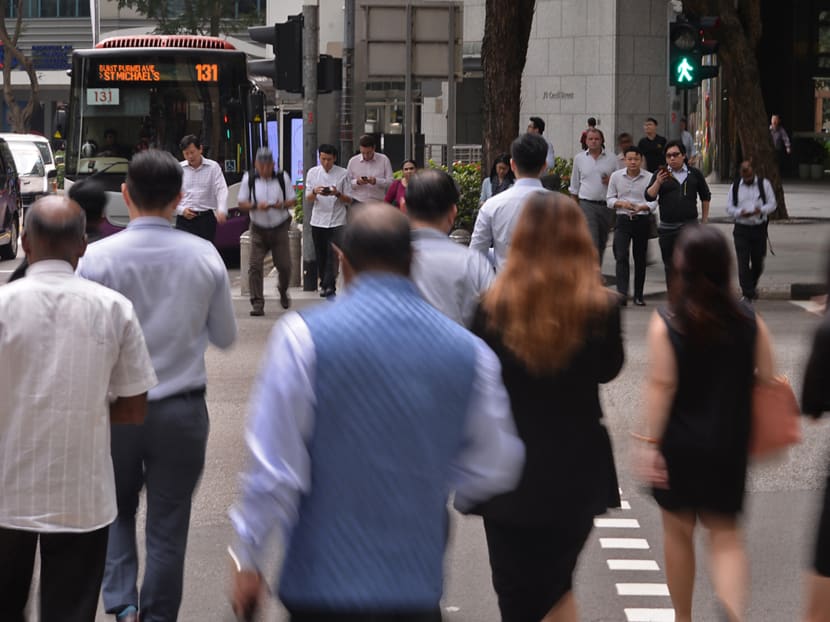Singapore expected to go into full-year recession: DBS report
SINGAPORE — A DBS bank economist is projecting that Singapore’s economy may contract 0.5 per cent for the full-year of 2020, making him the second private-sector economist to expect a recession to hit the trade-reliant economy.

Economist Irvin Seah said that a technical recession, which refers to two consecutive quarters of a fall in gross domestic product, is “almost a given”, considering that the impact of Covid-19 is no longer limited to just one quarter.
SINGAPORE — A DBS bank economist is projecting that Singapore’s economy may contract 0.5 per cent for the full-year of 2020, making him the second private-sector economist to expect a recession to hit the trade-reliant economy.
Published in a research note on Thursday (March 19), the most recent forecast by Mr Irvin Seah, a senior economist at DBS, is also his second downgrade in less than two months.
In February, Mr Seah lowered the 2020 growth forecast for Singapore from 1.4 per cent to 0.9 per cent due to the negative economic impact from the Covid-19 outbreak.
Last week, economists Chua Hak Bin and Lee Ju Ye of Maybank projected Singapore’s economy to contract by 0.3 per cent for 2020.
In his latest forecast, Mr Seah said that a recession is “imminent” given the chaotic situation in many parts of the world caused by the Covid-19 pandemic, and the economic costs arising out of restrictions imposed on trade, investment, consumption and travel.
“This is evolving into a ‘self-induced’ global recession. Being a small and open economy, Singapore will not be spared. A recession in Singapore appears inevitable,” Mr Seah said.
The last time Singapore registered a full-year contraction of its economy was in 2001 after the dot-com bust, when economic growth declined by 1 per cent. In the dot-com bust, many internet-related stocks, which had soared in value, then crashed as investors were worried that the businesses were not making money.
Mr Seah said that a technical recession, which refers to two consecutive quarters of contraction, is “almost a given”, considering that the impact of the disease is no longer limited to just one quarter.
The negative growth could even continue into the third quarter of the year, before improving towards the end.
“This will be a lot deeper than Sars (severe acute respiratory syndrome), and more painful than the global financial crisis,” he added.
When Singapore was hit by Sars in 2003, full-year growth was 4.5 per cent. The economy shrank 0.3 per cent in the second quarter of that year, which corresponded with the months that Sars was battering Singapore, but rebounded quickly in the second half of the year.
During the global financial crisis, Singapore managed to eke out a growth rate of 0.1 per cent in 2009.
“As the situation on the pandemic continues to deteriorate, official rhetoric is that a second stimulus package will be announced. We expect the Government to roll out a package of up to S$14 billion to S$16 billion, (about 2.9 per cent of gross domestic product), to further buttress the economy,” Mr Seah said.
With the current term of government accumulating an overall budget surplus of about S$7.7 billion — after taking into account the projected S$10 billion deficit for the financial year of 2020 — this would mean that an extra S$6 to S$8 billion have to be funded by drawing down from the past reserves.








